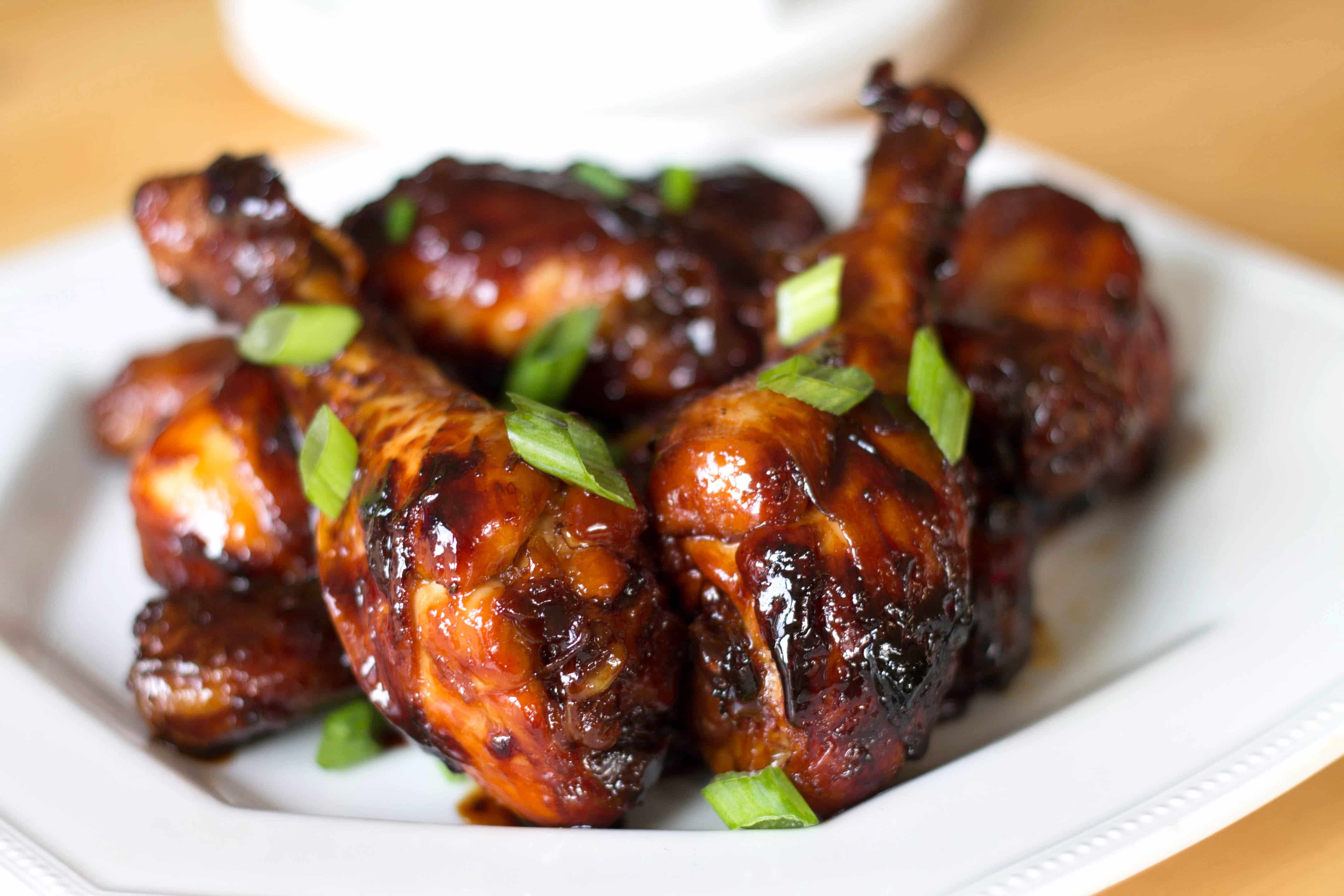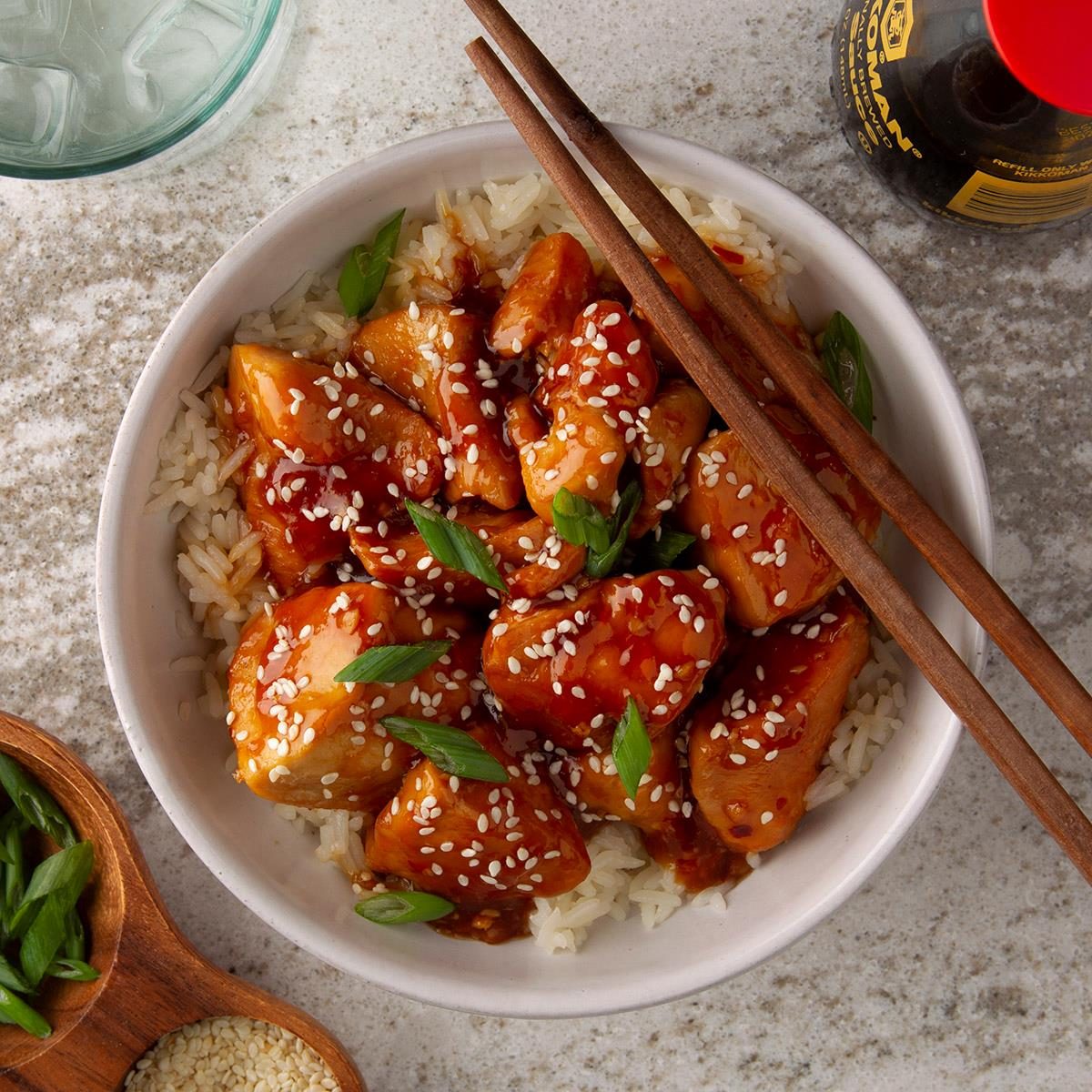Embark on a tantalizing culinary adventure as we delve into the delectable world of Chinese chicken dishes. From the bustling streets of Beijing to the serene landscapes of Sichuan, chicken has long held a revered place in Chinese cuisine, showcasing the country’s rich culinary heritage and regional diversity.
In this comprehensive guide, we will explore the myriad of cooking techniques, essential ingredients, and regional variations that define these beloved dishes. We will uncover the cultural significance and symbolism associated with Chinese chicken dishes, and provide practical tips and tricks to help you recreate these culinary masterpieces in your own kitchen.
Regional Variations of Chinese Chicken Dishes
China’s vast culinary landscape encompasses a diverse range of regional variations, and chicken dishes are no exception. From the fiery spice of Sichuan to the delicate flavors of Cantonese cuisine, each region imparts its unique imprint on chicken preparations.
Northern China
Northern Chinese chicken dishes often showcase bold flavors and hearty ingredients. The use of soy sauce, garlic, and ginger is prevalent, along with robust spices like star anise and cinnamon. Stewing and braising are common cooking methods, resulting in tender, flavorful chicken.
Eastern China
Eastern Chinese chicken dishes, particularly those from the Jiangsu and Zhejiang provinces, are known for their delicate and elegant flavors. Soy sauce, rice wine, and sugar are frequently used to create a balance of sweet and savory. Steaming and stir-frying are preferred cooking methods, preserving the chicken’s natural flavors.
Southern China
Southern Chinese chicken dishes, particularly those from Guangdong and Fujian provinces, are renowned for their light and refreshing flavors. Steaming and boiling are common cooking methods, allowing the natural flavors of the chicken to shine through. Herbs and spices like lemongrass and ginger are often incorporated for their aromatic qualities.
Western China
Western Chinese chicken dishes, such as those from the Sichuan and Chongqing regions, are characterized by their fiery spice. Chili peppers, Sichuan peppercorns, and garlic are liberally used, creating dishes with a distinctive numbing heat. Stir-frying and stewing are popular cooking methods, resulting in tender and flavorful chicken with a spicy kick.
Essential Ingredients and Techniques

Chinese chicken dishes showcase a harmonious blend of flavors and textures, achieved through a combination of essential ingredients and refined cooking techniques. Understanding these elements is crucial for preparing authentic Chinese chicken dishes.
Key Ingredients
The core ingredients in Chinese chicken dishes include:
- Chicken: Fresh, free-range chicken provides the foundation for the dish.
- Soy sauce: A staple in Chinese cuisine, it adds umami and salty flavors.
- Ginger and garlic: These aromatics impart a pungent and earthy flavor.
- Shaoxing wine: A Chinese rice wine that adds depth and complexity.
- Sesame oil: A finishing touch that enhances the aroma and flavor.
Essential Cooking Techniques
Authentic Chinese chicken dishes rely on specific cooking techniques:
- Stir-frying: A rapid cooking method that preserves the texture and flavor of the chicken.
- Braising: A slow-cooking method that tenderizes the chicken and infuses it with flavors.
- Steaming: A gentle cooking method that retains the chicken’s natural juices and nutrients.
- Roasting: A dry-heat cooking method that creates a crispy exterior and succulent interior.
Marinating and Seasoning Techniques
Marinating and seasoning play a crucial role in enhancing the flavors of Chinese chicken dishes. Marinades typically consist of a blend of soy sauce, wine, ginger, garlic, and spices, which infuse the chicken with flavors. Seasonings such as salt, pepper, and five-spice powder are added to balance and complement the marinade.
Health Benefits and Dietary Considerations
Chinese chicken dishes offer a range of nutritional benefits, making them a healthy addition to any diet. They are rich in protein, providing essential amino acids for muscle growth and repair. Chicken is also a good source of vitamins and minerals, including vitamin B12, iron, and zinc.
These nutrients support various bodily functions, such as red blood cell production, energy metabolism, and immune function.Cooking methods play a significant role in preserving the nutritional content of Chinese chicken dishes. Steaming, boiling, or stir-frying with minimal oil are recommended to retain vitamins and minerals.
Deep-frying, on the other hand, can increase calorie and fat content.Chinese chicken dishes can be adapted to suit specific dietary needs. For those with heart health concerns, low-sodium soy sauce and reduced-fat cooking methods can be employed. Gluten-free options can be created by using tamari sauce or coconut aminos instead of soy sauce.
For individuals with diabetes, limiting sugary sauces and choosing brown rice over white rice can help manage blood sugar levels.
Tips and Tricks for Cooking Chinese Chicken Dishes
Mastering the art of Chinese chicken dishes requires attention to detail and a few clever tricks. By following these expert tips, you’ll achieve a symphony of flavors that will tantalize your taste buds.
Achieving the Perfect Balance of Flavors
The secret to authentic Chinese chicken dishes lies in the harmonious interplay of flavors. Soy sauce, ginger, garlic, and scallions form the foundation, while other ingredients like sesame oil, chili oil, and oyster sauce add depth and complexity. Experiment with different combinations and adjust the proportions to suit your preferences.
Common Mistakes to Avoid
Overcrowding the pan, using too much oil, and cooking at too high a heat can lead to dry, overcooked chicken. To prevent this, heat the pan over medium heat, add just enough oil to coat the bottom, and cook the chicken in batches if necessary.
Troubleshooting Tips
*
-*Chicken is dry
Use a marinade to tenderize the chicken before cooking.
-
-*Chicken is bland
Increase the amount of seasonings or add a flavorful sauce.
-*Chicken is tough
Cook the chicken over low heat for a longer period.
-*Chicken is overcooked
Reduce the cooking time or use a meat thermometer to check the internal temperature.
By embracing these tips and tricks, you’ll elevate your Chinese chicken dishes to new heights, creating culinary masterpieces that will impress your family and friends.
Cultural Significance and Presentation
Chinese chicken dishes hold a profound cultural significance, deeply rooted in tradition and symbolism. They represent prosperity, good fortune, and familial harmony. The presentation of these dishes is equally important, often adorned with vibrant colors and intricate garnishes to enhance their auspicious appeal.
Symbolism and Presentation Styles
The Chinese word for chicken, “ji,” is a homophone for “auspicious” or “lucky.” As such, chicken dishes are often served at auspicious occasions like weddings, birthdays, and festivals to symbolize prosperity and good fortune. The color red, associated with happiness and celebration, is commonly used in chicken dishes, such as the vibrant red sauce in Kung Pao Chicken.Presentation
is also key. Whole chickens are often presented on a platter with their heads facing the guests, symbolizing respect and abundance. Other dishes, like Steamed Chicken with Ginger and Scallions, are elegantly arranged on a bed of greens, representing balance and harmony.
Role in Festivals and Celebrations
Chicken dishes play a central role in Chinese festivals and celebrations. During Chinese New Year, whole chickens are served as a symbol of family unity and good luck. At weddings, roasted chicken is a traditional dish, representing the couple’s future happiness and prosperity.
And at Mid-Autumn Festival, mooncakes filled with chicken symbolize the reunion of families under the full moon.
Summary

As we conclude our exploration of Chinese chicken dishes, we can’t help but marvel at the vastness and diversity of this culinary landscape. From the aromatic stir-fries of Guangdong to the spicy and numbing flavors of Sichuan, each dish tells a unique story of regional traditions and culinary artistry.
Whether you are a seasoned chef or a curious home cook, we hope this guide has inspired you to embrace the vibrant flavors and rich cultural heritage of Chinese chicken dishes. So gather your ingredients, fire up your stove, and embark on a culinary journey that will tantalize your taste buds and leave you craving for more.
FAQs
What are the most popular cooking techniques used for Chinese chicken dishes?
Chinese chicken dishes are prepared using a wide range of techniques, including stir-frying, steaming, braising, roasting, and deep-frying. Each technique imparts a unique flavor and texture to the chicken, allowing for a diverse array of dishes.
What are the key ingredients commonly used in Chinese chicken dishes?
Soy sauce, ginger, garlic, scallions, and sesame oil are among the essential ingredients that form the foundation of many Chinese chicken dishes. These ingredients provide a harmonious balance of savory, sweet, and aromatic flavors.
How can I adapt Chinese chicken dishes for specific dietary needs?
Chinese chicken dishes can be easily adapted to accommodate various dietary needs. For gluten-free options, use tamari instead of soy sauce. For low-sodium diets, reduce the amount of soy sauce or use a low-sodium variety. To make the dishes vegan, substitute tofu or tempeh for the chicken.
What are some common mistakes to avoid when cooking Chinese chicken dishes?
Overcrowding the pan, not marinating the chicken long enough, and using too much heat are common mistakes to avoid. Overcrowding prevents even cooking, while insufficient marinating time limits flavor absorption. High heat can burn the chicken before it cooks through.
